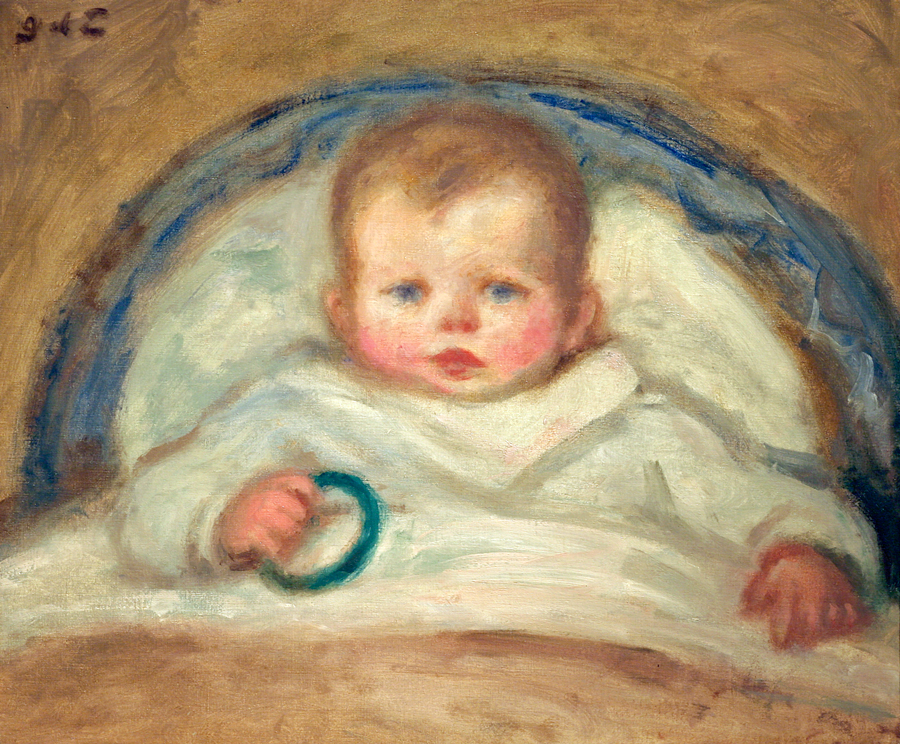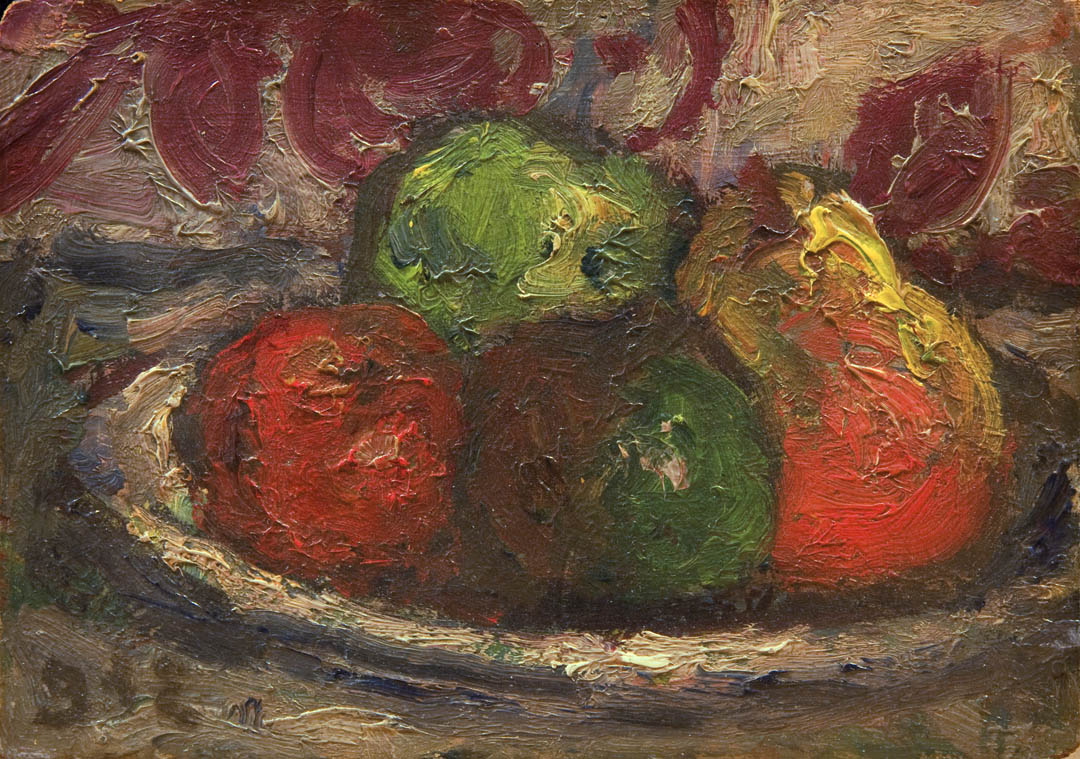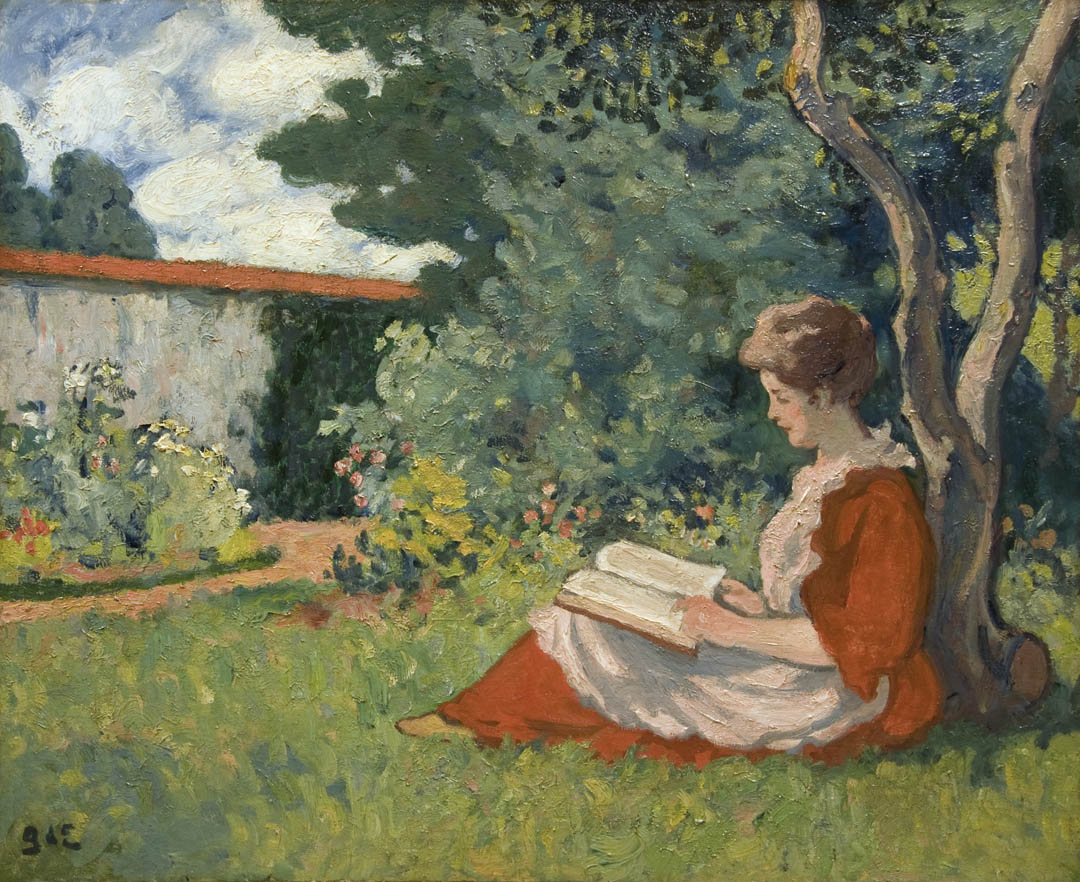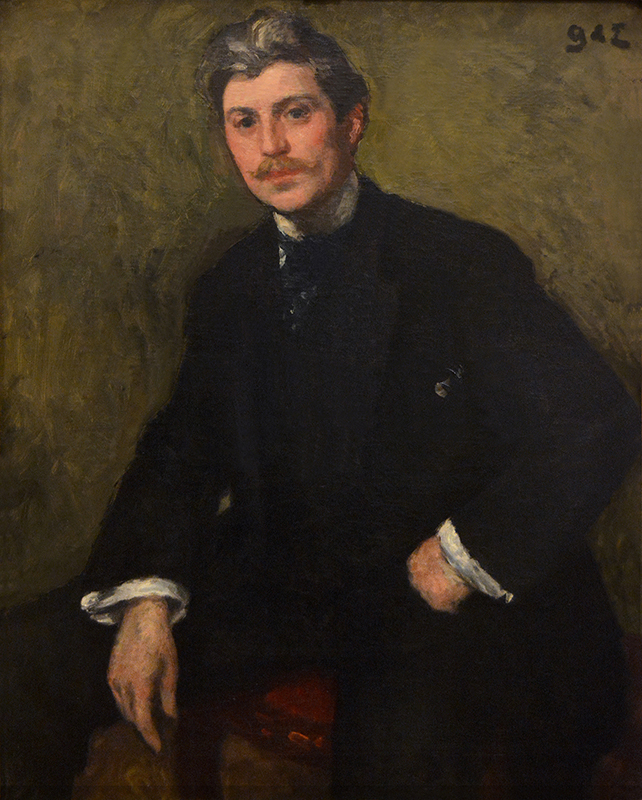Georges D'Espagnat
(French, 1870-1950)
Georges d’Espagnat’s ardent creativity and fiercely independent spirit place him among the modern masters of art. D’Espagnat was heir to the groundbreaking tenets of Impressionism as well as the multiple explorations of the Post-Impressionists. He fused the Impressionist’s understanding of light and form with the expressionist color and deft brushwork of the Post-Impressionists. D’Esapagnat was an artist of great renown during his lifetime, exhibiting alongside his contemporaries including Renoir, Monet, Louis Valtat, and Albert André.
A painter and engraver of great renown, he specialized in floral still lifes, landscapes, and genre scenes of beautiful young women and children. A painter and engraver of great renown, he specialized in floral still lifes, landscapes, and genre scenes of beautiful young women and children.
At an early point in his career, d’Espagnat was incredibly active in developing artistic philosophies in Paris. The artist helped found the Salon d’Automne in 1903, which became the birthplace of Fauvism and exhibited artists such as Pierre-Auguste Renoir, Auguste Rodin, Paul Gauguin, and Henri Matisse. D’Espagnat also received representation from the Galerie Durand-Ruel, an important and influential art dealer known for collecting Vincent van Gogh and the early Impressionists. His style reflects a variety of influences from the Post-Impressionist period and can be described as a melding of Impressionism and Fauvism. The linear perspectives of Paul Cézanne and the flatter forms of the Symbolists are also themes that appear in d’Espagnat’s compositions.
At an early point in his career, d’Espagnat was incredibly active in developing artistic philosophies in Paris. The artist helped found the Salon d’Automne in 1903, which became the birthplace of Fauvism and exhibited artists such as Pierre-Auguste Renoir, Auguste Rodin, Paul Gauguin, and Henri Matisse. D’Espagnat also received representation from the Galerie Durand-Ruel, an important and influential art dealer known for collecting Vincent van Gogh and the early Impressionists. His style reflects a variety of influences from the Post-Impressionist period and can be described as a melding of Impressionism and Fauvism. The linear perspectives of Paul Cézanne and the flatter forms of the Symbolists are also themes that appear in d’Espagnat’s compositions.






